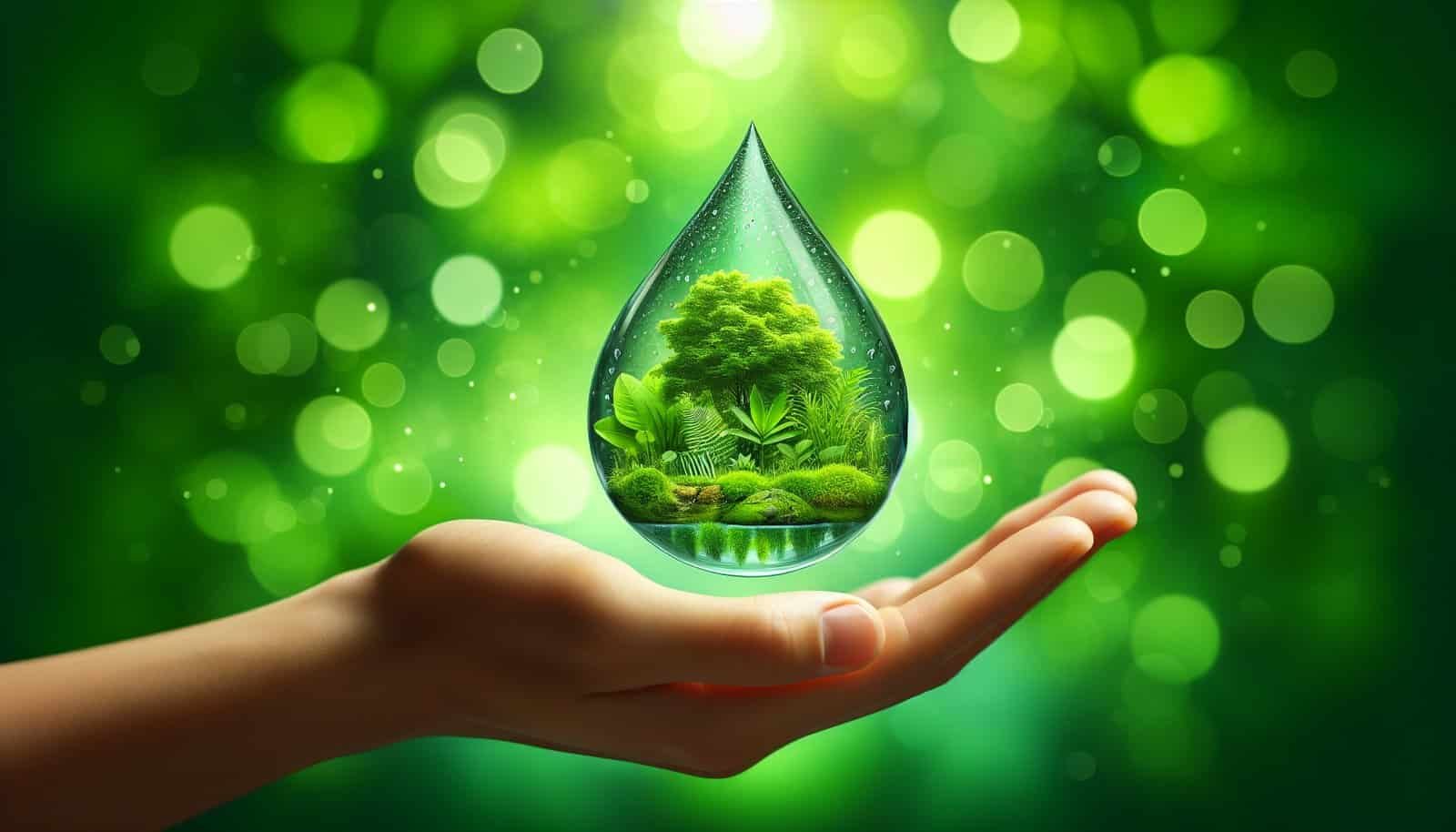Have you ever wondered about the quality of the water gushing out from your well? It’s something you might consider as pure and refreshing, but beneath the surface, well water can sometimes harbor contaminants that require immediate attention. Addressing well water contamination effectively is crucial not only for your health but also for the integrity of your home water system.
Understanding Well Water Contamination
Before diving into how you can tackle this issue, it’s essential to understand what well water contamination entails. Unlike municipal water systems, private wells do not benefit from community-quality testing and treatment facilities. This means you are the primary guardian of your water quality.
Common Contaminants in Well Water
Your well water could potentially host a variety of contaminants, ranging from microorganisms to chemical pollutants. These include:
- Microbiological Contaminants: These are typically bacteria, viruses, and parasites. Common culprits include E. coli, coliform bacteria, and more serious pathogens.
- Chemical Contaminants: These might include pesticides, herbicides, heavy metals, and nitrates. These infiltrate the water supply through runoff or industrial discharges.
- Physical Contaminants: These are usually sediments or particles suspended in the water, which aren’t harmful in small quantities but can indicate other issues.
- Radiological Contaminants: These consist of radioactive materials that can enter your water supply through geological formations or human activities.
Understanding the possible culprits in your well water helps in choosing the appropriate solution for contamination.

Assessing Your Well Water
A careful assessment is the first step towards solving potential water contamination issues. This involves water testing and evaluation of well location and integrity.
Conducting Water Tests
Testing your water is the most reliable way to identify what contaminants are present. Regular water testing should be done at least once a year or more frequently if you notice changes in water quality or taste.
Professional vs DIY Test Kits
You have the choice between professional water testing services and DIY test kits:
- Professional Testing: Provides comprehensive results and reliable accuracy but can be more costly.
- DIY Test Kits: Offer convenience and affordability, though may not be as detailed.
Both methods have their merits. Consider factors like budget, urgency, and the level of detail you require.
Evaluating Well Location and Integrity
The condition and location of your well also play a significant role in water quality:
- Well Location: Ensure that your well is situated away from septic systems, livestock areas, and industrial sites to minimize contamination risks.
- Well Construction and Maintenance: Regular inspection of your well’s structural integrity—including casing and seals—is vital to avoid infiltration of unwanted substances.
A thorough assessment sets the stage for understanding the scale and nature of the problem, enabling you to choose the most effective treatment options.

Treatment Options for Well Water Contamination
Once you’ve identified the issue, it’s time to explore solutions. The treatment process you choose depends on the type and level of contamination.
Filtration Systems
Filtration systems are often the first line of defense against contaminants and can alleviate several water quality issues.
Types of Filtration Systems
Here are some common filtration systems you might consider:
- Sediment Filters: Ideal for removing physical particles and sediment.
- Activated Carbon Filters: Effective against certain chemicals, chlorine, and improving taste and odor.
- Reverse Osmosis Systems: Excellent for filtering out a wide range of contaminants including nitrates, heavy metals, and dissolved solids.
- Ultraviolet (UV) Filters: Specifically targeted to eliminate biological contaminants like bacteria and viruses.
Each filtration system has its strengths, and often, a combination is required for the best results, depending on the contaminants present.
Water Softeners
If your water test reveals hard water—characterized by high mineral content—a water softener can help. These systems primarily target calcium and magnesium, the culprits behind limescale buildup. By removing these ions, water softeners not only protect your appliances but also improve water quality.
Chemical Treatments
For certain chemical contaminants, treatments that involve adding substances to your water to counteract pollutants can be effective. These treatments might include:
- Chlorination: Often used for disinfection, especially for killing bacteria and viruses.
- Flocculation and Coagulation: These processes help to aggregate and remove suspended particles and certain chemical contaminants.
It’s essential to carefully manage chemical treatments and adhere to safety guidelines to avoid unintended consequences.
Distillation
Distillation involves heating water to form steam and then condensing it back into a liquid. This method effectively removes most contaminants, including heavy metals and pathogens. However, it can be energy-intensive and slow for large volumes of water.
Aeration
For volatile organic compounds (VOCs) and gases like hydrogen sulfide, aeration can be beneficial. This process involves exposing water to air, allowing gases to escape, and often improving the smell and taste of water.

Preventive Measures and Long-term Maintenance
Once you’ve addressed the immediate contamination issue, it’s crucial to establish preventive measures to ensure long-term water safety.
Routine Well Maintenance
Regularly maintaining your well is vital for ensuring consistent water quality. This includes:
- Annual Inspection: Check the structural integrity of your well every year to catch any potential problems early.
- Sealing and Capping: Ensure that the well casing and cap are intact to prevent surface contaminants from entering.
- Debris and Vegetation Management: Keep the area around your well clear to prevent runoff contamination.
Taking these steps helps minimize future contamination risks and ensures your well’s longevity.
Community and Environmental Awareness
Your local environment plays a significant role in your well’s water quality. Being aware of community activities and possible contamination sources can help you take proactive measures.
- Participate in Community Water Protection Initiatives: Engage with local efforts aimed at protecting water resources.
- Understand Regulatory Guidelines: Familiarize yourself with water safety standards and compliance regulations applicable to your area.
Staying informed helps you react swiftly to changes in local environmental conditions that may impact your well water.

When to Seek Professional Help
In certain situations, professional intervention might be necessary to address complex contamination challenges.
Complicated Contamination Issues
If tests reveal complex contaminants that aren’t easily mitigated by standard treatments, it’s wise to contact a water specialist. They can provide insights and solutions tailored to your specific circumstances.
Persistent Water Quality Issues
If regular maintenance and treatment fail to resolve water quality issues, it’s time to seek expert advice. Persistent issues may point to deeper problems requiring professional diagnosis and remediation.

Conclusion
Taking charge of your well water quality is crucial for safeguarding your health and preserving the environment. By understanding potential contaminants and employing effective treatment strategies, you can ensure that your water supply remains safe and clean. Implementing regular maintenance and staying informed about local environmental conditions will also contribute to a sustainable and healthy water source. Remember, as the steward of your private well, maintaining vigilance and proactive management are the keys to long-term success in protecting your water quality.
